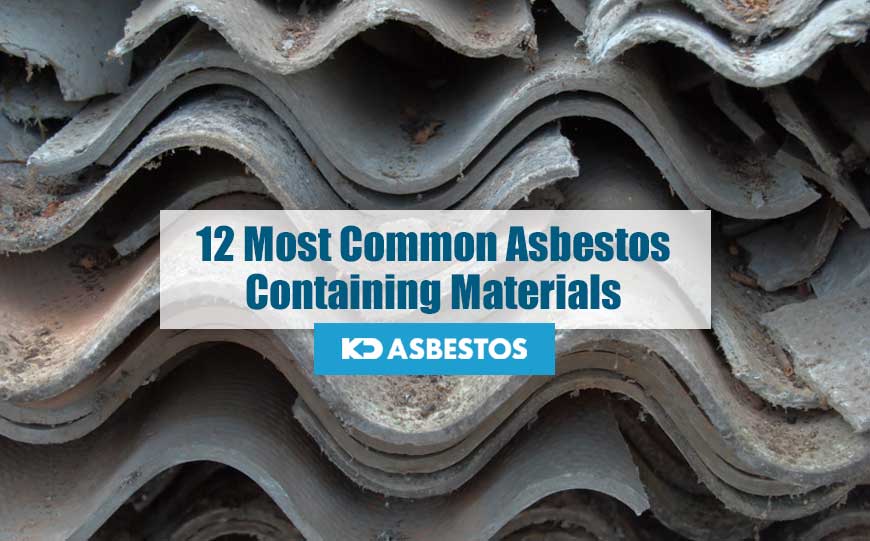
Asbestos can be found in a wide variety of materials, commonly used in buildings and the construction industry in years past.
It is important to be aware of such hazardous materials, since they are best dealt with by a licensed asbestos contractor who will know how to dispose of them in a safe manner.
Table of Contents
Ceilings
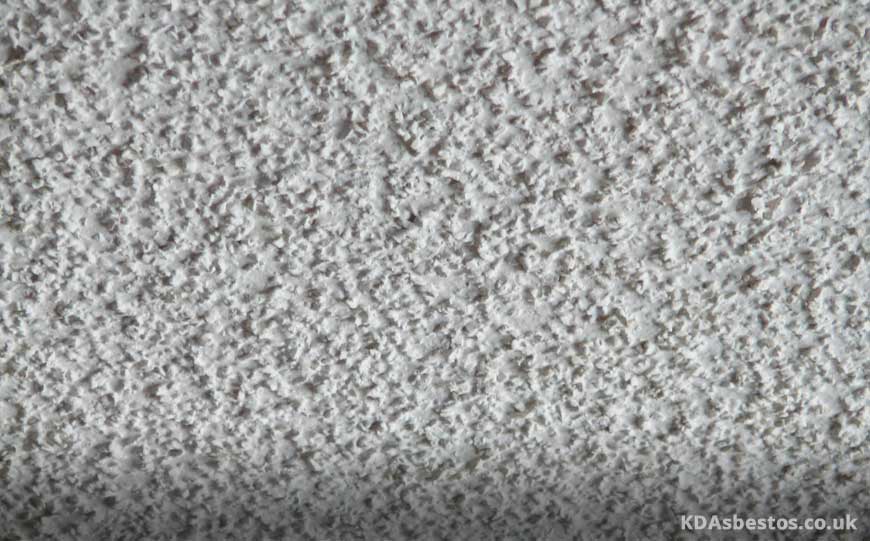
Ceilings that contained asbestos were used mainly because of their heat resistant and fireproofing properties.
Suspended ceilings, bathroom ceilings, and garage ceilings commonly included some asbestos.
Eaves also included asbestos with the intention of reducing the risks of having fire spread to adjoining properties.
Asbestos ceilings might include white asbestos, brown asbestos or blue asbestos.
These could be present in the ceiling tiles, cement sheets, insulating boards, and sprayed insulation, particularly textured (sometimes referred to as popcorn) asbestos ceilings.
While bonded asbestos ceilings that are made from cement sheets and corrugated asbestos are generally speaking, considerably stable as long as they are in a good condition.
It is important to collect a sample in case of any planned renovation or reconstruction projects.
The most worrying type of asbestos is friable, such as the popcorn asbestos ceilings where even a small disturbance might release toxic fibres.
Floor Cavities
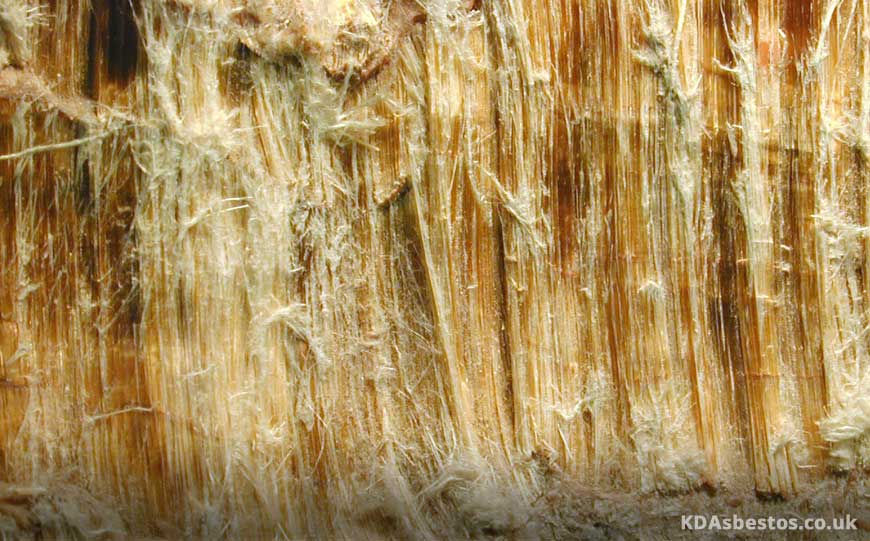
Loose fill asbestos is rather dangerous.
This used to be used as an insulation material in both residential as well as commercial premises.
It can thus be found underneath floorboards and in loft spaces.
The material is often loose and somewhat fluffy in texture.
The colour is generally white or a bluish-grey.
This is one of the most dangerous materials since it is composed of pure asbestos, and should it be disturbed, a significant amount of fibres could be easily released into the air.
Lagging
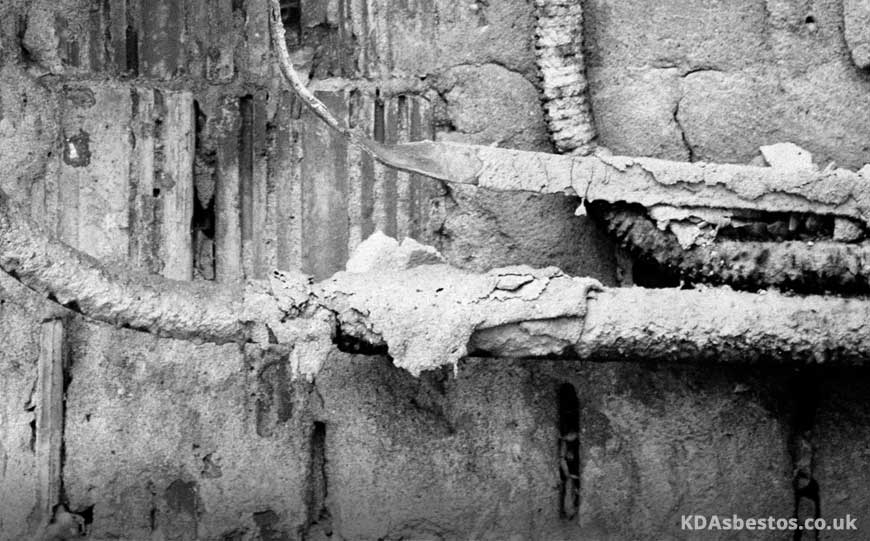
Asbestos pipe lagging is generally found in boilers, calorifiers and other heating systems.
It could also be present around the pipework of such systems.
This type of asbestos can take different forms, but in general it is a fibrous material that can end up in flakes or powder relatively easily.
Since this is usually applied to the pipes as a protective coating it can be in different colours, making it even more difficult to identify easily.
It is important to be very careful when dealing with such heating systems, as this is a very dangerous type of asbestos which easily releases breathable fibres if disturbed.
Spray Coatings
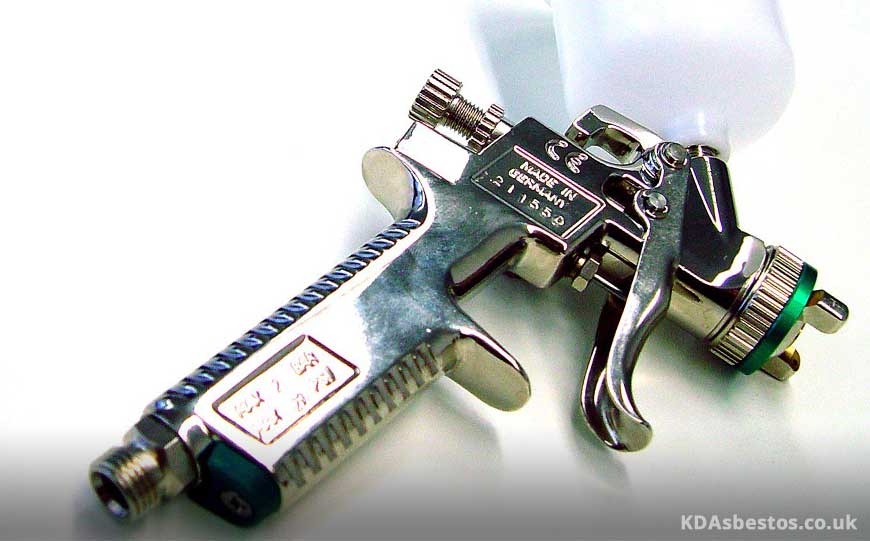
There are various kinds of sprayed coatings which might contain asbestos.
From insulation applied to the sides of buildings or the underside of roofs and floors, to spray coatings which were used to reinforce concrete beams and columns.
There is a whole array of possibilities.
The coating is usually white or grey, and the surface area is generally rough, unless it was painted over.
There are many instances where overspraying occurred, and so one might notice debris around the area that was sprayed.
Spray coatings could contain up to 85% asbestos, and since it is very easy to break up it is imperative to be very cautious as even a small disturbance could be dangerous.
Insulating Board
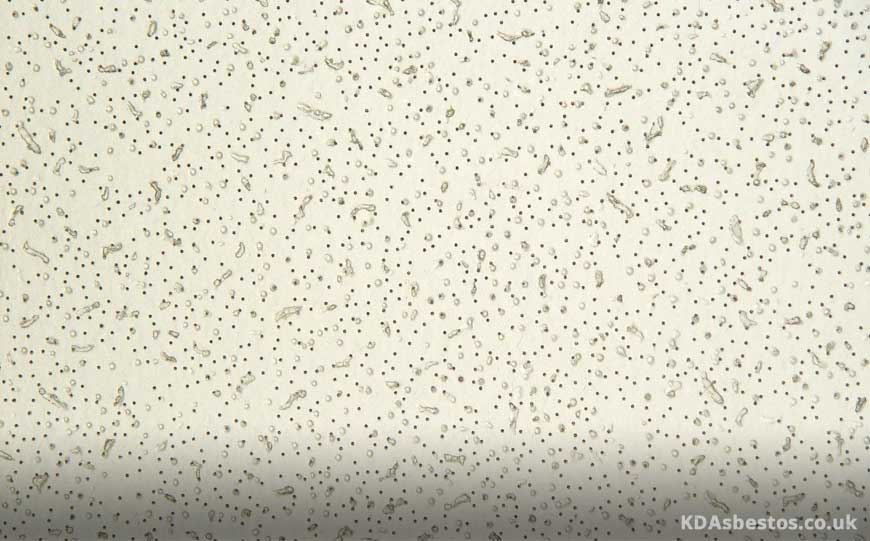
Asbestos insulating boards were often used to set up partition walls, make soffits, as well as in lift shaft linings, ceiling tiles and panels beneath windows.
They were also used for fireproofing panels found in fire doors due to the fact that asbestos has great fireproofing properties.
It is always risky to work on any type of asbestos.
However in case of a minor refurbishment where the work takes only an hour or so, it should be safe enough for a non-licensed worker to work on AIB.
However if the work is not short in duration, or there is a major refurbishment or demolition works planned, it is best to have a licensed contractor handle the asbestos removal.
Flooring
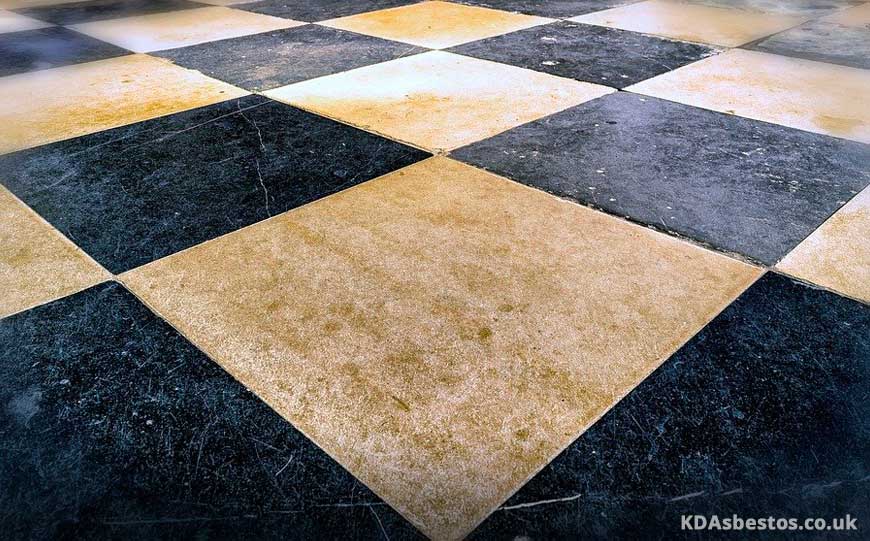
Asbestos floor tiles used to be a very popular option for flooring.
As a result it is common to find such flooring in buildings constructed in the 1900s.
Asbestos used to be added during the manufacturing process of such tiles in order to strengthen them and increase their durability.
Vinyl asbestos flooring is generally considered to be quite safe to handle.
However it is best to be extra cautious, and if the work to be carried out is probably going to take more than a couple of hours, it is better to leave it to a professional asbestos removal contractor.
Working with asbestos flooring could easily release toxic dust and particles.
There are a number of precautions that should be taken to remove asbestos floor tiles in a safe way.
Textiles
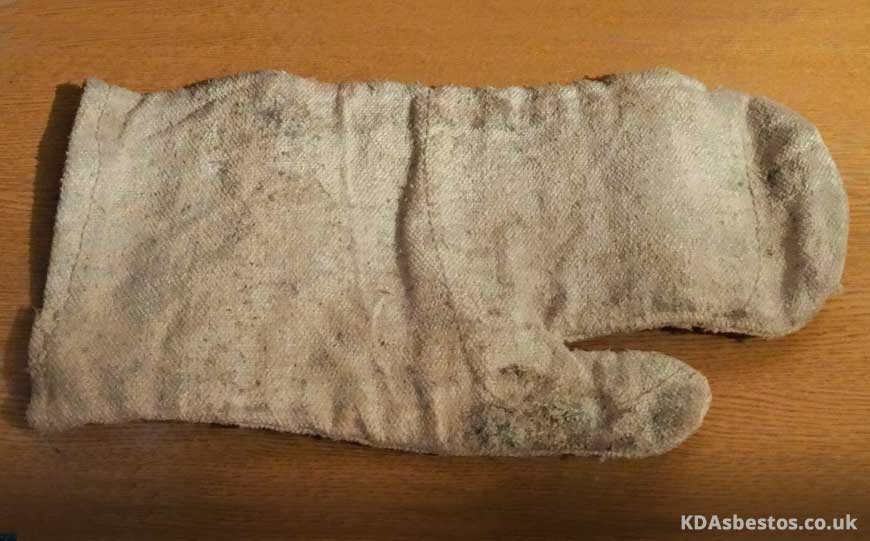
Old fire blankets, heat resistant gloves, protective jackets, and flash guards used in fuse boxes might contain asbestos.
Raw asbestos used to be woven into textile cloths to make them more resistant to heat.
This is due to the fireproofing properties of asbestos.
The use of asbestos in cloth can be traced back many years.
Asbestos fibres of different grades used to be mixed in the fibre blender in textile factories.
Over time fabric will become worn and as a result the toxic fibres which were woven in the fabric can be released into the air.
Percentages of asbestos in textiles vary, but there are garments which might contain as much as 100% asbestos!
Asbestos cloth in its raw form is considered to be friable.
This is even more problematic if such textiles were used for thermal insulation purposes.
Workers who produced glass, or worked in steel plants and foundries commonly wore these types of garments to protect themselves from the very high temperatures and burning possibilities.
Unfortunately with regular use, such clothing could be worn or cut and asbestos fibres might easily be released in the air.
Composites
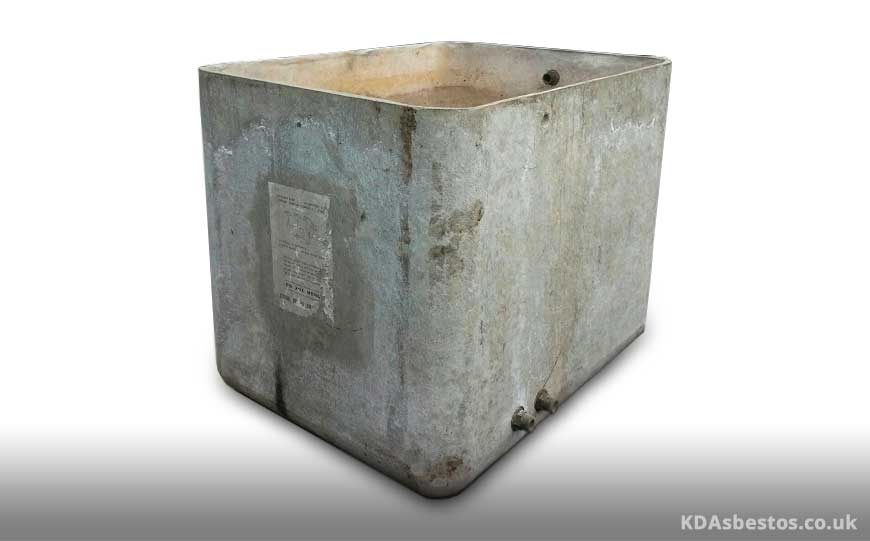
Asbestos composites include window sills, toilet seats, cisterns, and bath panels.
Asbestos was used to make these more durable.
Should they be damaged or worn, it could be dangerous as fibres could be released in the air and inhaled.
Textured Coatings
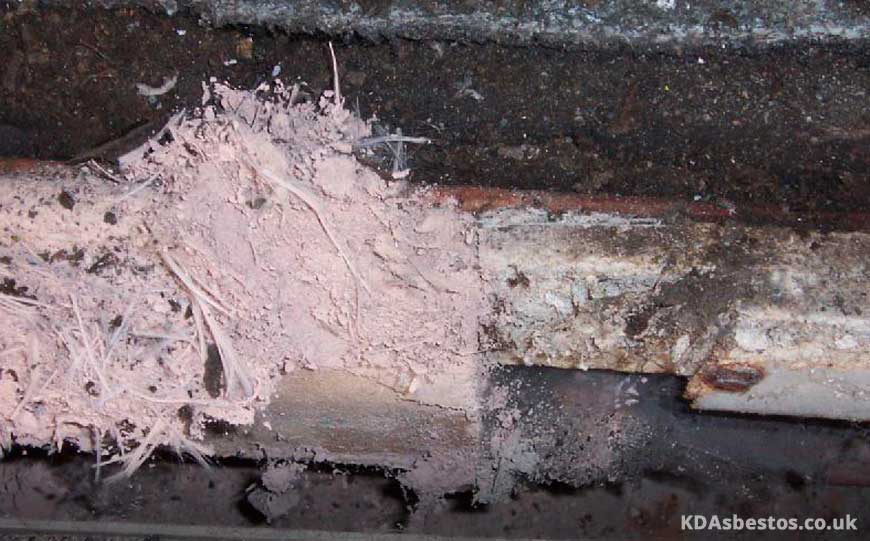
Textured coatings include decorative finishes on walls and ceilings.
These were very popular some decades ago, and there were several brands which were renowned for this type of work, such as Artex.
Patterns on walls and ceilings were made in a white colour, but they were sometimes painted over.
As a result, it is not that easy to recognise textured coatings that might contain asbestos.
Any damaged asbestos textured coating should be carefully removed by a trained professional.
In cases where you suspect any such coatings are present and you’re planning renovation works, it’s important to request for a sample to be taken for asbestos testing in order to know for sure whether asbestos is present.
Cement Products
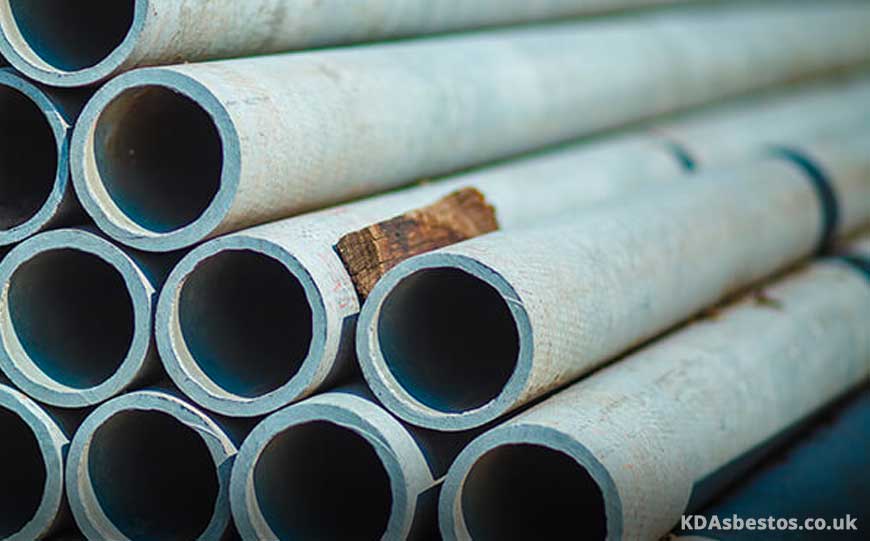
Asbestos cement can be found in many places, including cement roofs, wall cladding, downpipes and gutters, flues and sewer pipes.
Asbestos cement is generally composed of white asbestos or chrysotile and cement.
This is then compressed to produce the particular cement product, which can be used both indoors as well as outdoors.
Here are some guidelines which might suggest the presence of asbestos cement, although to know for sure it is always best to have a sample taken for lab testing:
Asbestos Cement Roofs
Made from large sheets of corrugated asbestos cement.
These were commonly used in industrial buildings as well as for the roofs of sheds and garages.
Asbestos Wall Cladding
Similar to roof sheeting and is often found in buildings where asbestos cement roofs are present.
Gutters & Downpipes
Made from asbestos and often found in large buildings such as old warehouses and factories.
Asbestos Cement Flues
Can be found in boiler systems, air conditioning and ventilation systems.
While it is more common to find these in industrial settings, it might also be that they were used in domestic systems too.
Drainage Pipes
Sewage pipes and water pipes for example, might be made from pitch fibre.
This is a material which is very light and easy to work with. So asbestos cement used to be added to it so as to make it more durable.
Percentages differ from one cement product to another, but in most cases there is generally over a third of the cement that contains asbestos.
Roofing
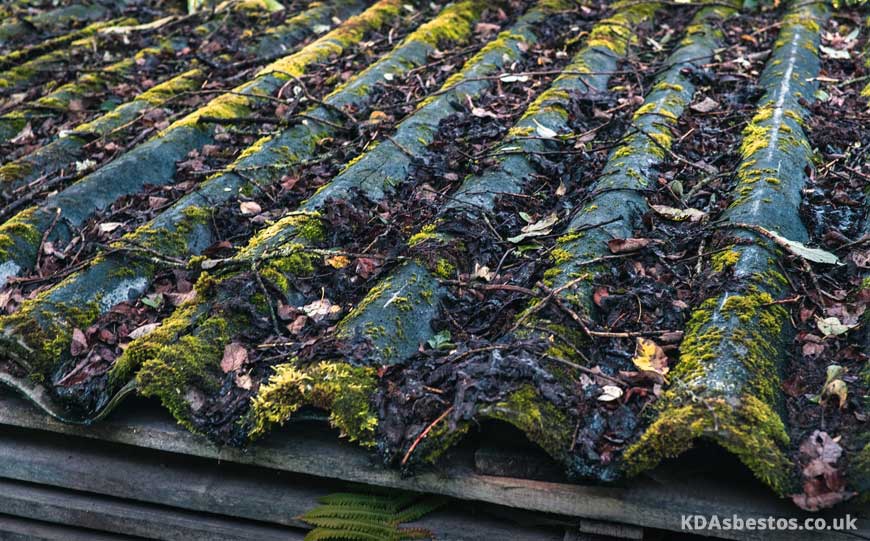
Asbestos was commonly used in roofing products as well as for siding materials.
The main goal was to increase the durability, insulation and fireproofing.
Asphalt roofing felt was commonly used in outbuildings and garage roofs too.
One will also commonly find asphalt roofing shingles and cement roofing shingles.
Roof underlayment might also contain a percentage of asbestos.
It is also important to be aware that sealants and flashing might also be dangerous.
In case you plan to demolish or renovate, it is important to check whether hazardous material is present in the building’s roofing and siding materials by arranging an asbestos survey.
There might be asbestos markings on the roofing or siding materials themselves, or in the packaging that they came in.
Otherwise, it is best to have an asbestos certified inspector take a sample to carry out tests in a lab to verify if asbestos is present.
Seals & Gaskets
It is very common to find rope seals and gaskets in heating appliances.
This applies to both gas as well as electric appliances.
While maintenance and low risk work can be handled by anyone as long as the gaskets or seals remain intact, it is important to be careful and have a licensed professional handle them.
This is especially true where substantial breakage could occur.
This could be the case if the seals and gaskets are not in a good condition.
Conclusion
Asbestos is highly dangerous, and its toxic effects and threat to our health should not be taken lightly.
It is highly recommended that you avoid handling any materials that might contain asbestos without taking the necessary precautions.
As a general rule of thumb, one should always have a certified asbestos professional take care of identifying, removing and disposing of all types of asbestos materials.